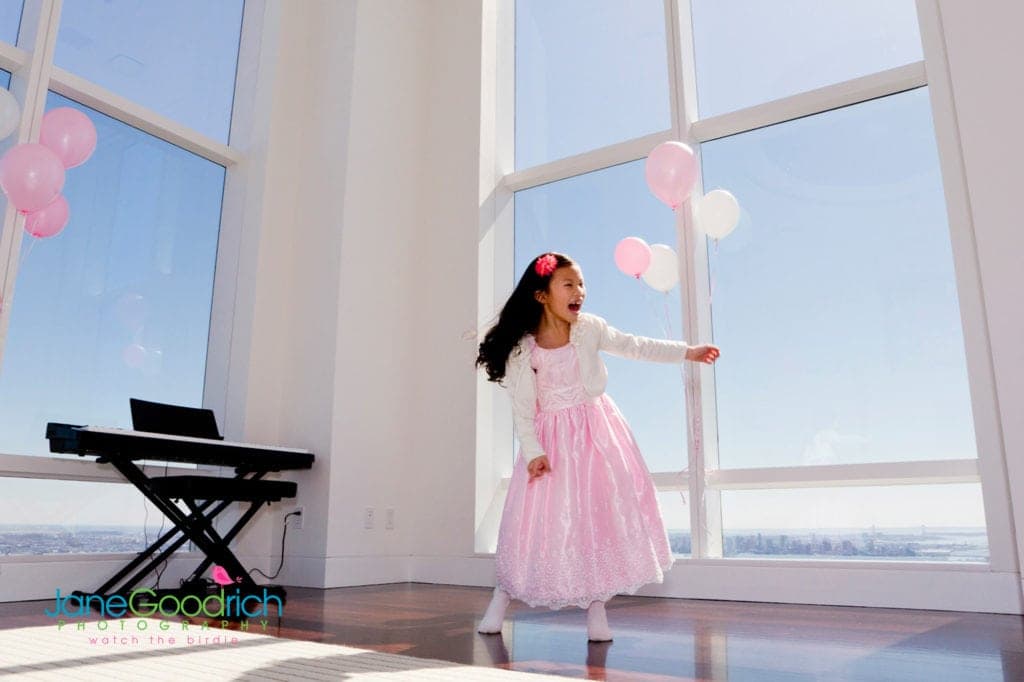KID’S PHOTO BASICS: HORIZONS AND VERTICALS
February 19, 2016
 Part of composing great kid’s photos is being aware of how things “appear” when they are translated to a digital or printed photo – horizontal and vertical lines being a very good example. While it may not seem important at the time, lines that should run straight across and image (or up and down) that don’t are very distracting, and take the viewer’s eye away from your focal point.
Part of composing great kid’s photos is being aware of how things “appear” when they are translated to a digital or printed photo – horizontal and vertical lines being a very good example. While it may not seem important at the time, lines that should run straight across and image (or up and down) that don’t are very distracting, and take the viewer’s eye away from your focal point.
Where you’ll Find Horizons and Verticals
Most photos of your kids will have at least one horizon or vertical line in it – whether that line is natural, man-made, or something you’ve introduced into the photo. The horizon is the most common line found in photography, and when it is crooked it makes the image appear as everything is simply going to “slide out” the lower side. Some vertical lines include trees, lampposts, columns, or the sides of buildings, when they are crooked it appears as if the world is on a slant (also distracting!).
How to Ensure a Straight Line
There are many ways to ensure you get a straight horizon or vertical in your image. Many DSLR cameras offer a “grid” feature that gives you a visual ruler to line up your image (however it may only be available in live view, on your LCD screen). There are also various after-market accessories (such as levels) that can be added to your camera. However, it can be enough to just be aware of horizontal and vertical lines in your images, to get them as straight as possible, and then make any minor corrections with an editing program.
Editing for Straight Lines in Kid’s Photos
Most photography editing programs, even the free ones, offer some sort of straightening tool to make minor corrections to ensure that lines are level. Be aware that in order to straighten a line, most programs use a zoom and rotate feature, so you want to leave enough room when you are taking the photo to allow the program to zoom in and crop slightly to fix these issues, without compromising your image.

When you Want to Break the Rule
Photography rules were made to be broken, right? Sure! Just keep in mind that for this particular rule you want to break it enough to make it obvious (rather than it just looking like you have a crooked shot). Tilting the horizon or vertical by 30 degrees or more should do the trick, but you are welcome to play around with the image until you get the perfect amount of rebellion.
Also, in the case of other types of lines – such as a pattern on the floor, lines on the road, etc. – intentionally placing them on a diagonal, rather than lining them up with the frame, can help to make your kid’s photos more interesting.
Have fun with in, whether you are going for a “perfect” image or one that challenges the rules, because that’s what it is about!